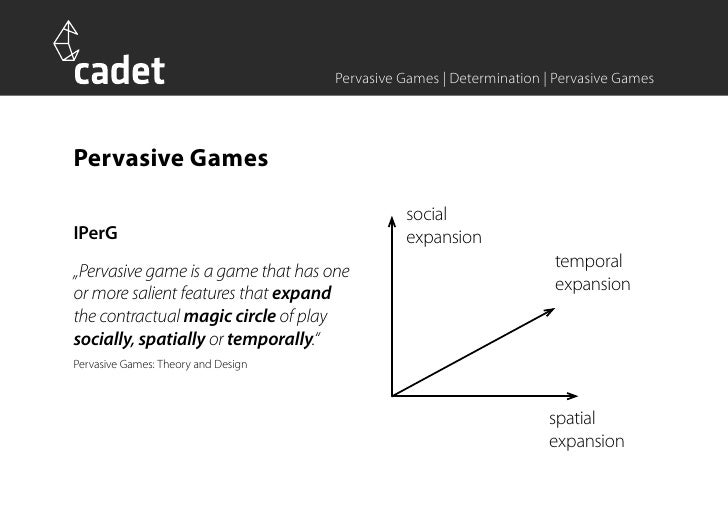Monday 16 March 2015
Matthew Applegate
Today we had a really interesting talk presented by Matthew Applegate (Musician, developer, lecturer, game designer, animator, teacher, hacker , author, ), He gave us a really good insight in to how you should prepare yourself for working for not necessary games companies. He mentioned several times that games development isn't the be all and end all, and that you can do choose different lines of work within programming or 3D modelling, this of which will continue to help you along the way when you can finally become that games dev.
He also went on to talk about getting yourself noticed by businesses and how important it is if you want someone to buy your game or listen to your product, one of the many ways he mentioned was to go to as many of the GamesJam and games conferences such as E3 to just get the opportunity to get people business cards and resulting email address, from there you can email people with the interest of asking for thought on a game or idea.
It was his personal opinion that final year students should go Indie development rather than rush for AAA title games companies, as he believed that people became frustrated and burnt out after a few years as you'd of felt like you've given so much, and hadn't progressed partially far within the company. Whilst with Indie you can see the whole process take shape and get a greater respect for how long things take.
He works alongside younger teens at the Creative Computer Club in which he teaches them the basics of computer programming, along with hardware programming, using devices such as the arduino and raspberry pie, This club is something which is missing from the main curriculum at the moment and gives kids an excellent opportunity to get into the world of computing.
Saturday 7 March 2015
Pervasive Games
 Pervasive games are a popular form of more larger social games played outside, it is the blending of the fictive world, something like that of assassins and hunters, with the physical world, Giving the game a greater sense of realism, This is what Johan Huizinga would call the magic circle in which the boundaries of play are changed and expanded. A Example of this type of game would be a game called Assassin in which players try to eliminate each other from the game using mock weapons in an effort to become the last surviving player, This type of game is most popular on college and university campuses with many having there own guilds devoted to the upkeep and control of the games progress, It is one of the most interesting parts of the game as the game never stops until 1 person is remaining, that means a player can be assassinated on the way to work or getting lunch, it really creates a sense of paranoia for all the players involved.
Pervasive games are a popular form of more larger social games played outside, it is the blending of the fictive world, something like that of assassins and hunters, with the physical world, Giving the game a greater sense of realism, This is what Johan Huizinga would call the magic circle in which the boundaries of play are changed and expanded. A Example of this type of game would be a game called Assassin in which players try to eliminate each other from the game using mock weapons in an effort to become the last surviving player, This type of game is most popular on college and university campuses with many having there own guilds devoted to the upkeep and control of the games progress, It is one of the most interesting parts of the game as the game never stops until 1 person is remaining, that means a player can be assassinated on the way to work or getting lunch, it really creates a sense of paranoia for all the players involved.Wednesday 4 March 2015
Workshop Session with David Parlett
Last Thursday we had a workshop session with David Parlett, in this presentation we got allot of food for thought when it comes to race games with David asking questions like: what it is actually a race game?, what determines movement?, what is the goal of the game?, We were presented with many of the games we had covered in Eddies lectures games such as The Royal Game of Ur and Senet he had explained how many of these ancient games evolved in to the ones we know, he also covered games which i hadn't seen or played before, these being Liubo and Pachisi. He also went onto show us his own board game Hare and Tortoise which used a more unique movement mechanic rather than the normal dice, in which players had to pay carrots (the currency in the game) to move forward.
Saturday 28 February 2015
Visual Design For Board Games
 For the second assignment we have to focus on the visual element for one of the iterations we wrote about in the first assignment, So this assignment does not fixate on the writing skills, more so on the ability for the person to create game pieces which accurately depict the time and place the board game is centered around. My Game uses Tablet as a foundation, it is from this i have chosen iterations which i feel to alter the game dynamics and mechanics to suit my thinking of how the game should play, Again though, this is something we have already discussed, and so as a setting my game takes place in the open seas, in Ship to Ship combat based on the chase of the German battleship Bismarck. I have then proceeded to use mood boards and reference images to help with creating game pieces which suit this scene. This involves pieces of wooden construction with tiny flags denoting which side they belong. I have also brought in extra mechanics and pieces such as the use of Sea-mines and Abandoned ships which act as extra obstacles for the players as well as added benefits.
For the second assignment we have to focus on the visual element for one of the iterations we wrote about in the first assignment, So this assignment does not fixate on the writing skills, more so on the ability for the person to create game pieces which accurately depict the time and place the board game is centered around. My Game uses Tablet as a foundation, it is from this i have chosen iterations which i feel to alter the game dynamics and mechanics to suit my thinking of how the game should play, Again though, this is something we have already discussed, and so as a setting my game takes place in the open seas, in Ship to Ship combat based on the chase of the German battleship Bismarck. I have then proceeded to use mood boards and reference images to help with creating game pieces which suit this scene. This involves pieces of wooden construction with tiny flags denoting which side they belong. I have also brought in extra mechanics and pieces such as the use of Sea-mines and Abandoned ships which act as extra obstacles for the players as well as added benefits.Friday 30 January 2015
The Music Behind Interstellar
I've done a few blogs on soundtracks within games now, and i find no better composer than Hans Zimmer in my opinion, he manages to create these crazy powerful emotions for both his work in cinema and games, Now soundtracks are one of the things are think are really important to a memorable game for me, that's why i find it so fascinating that when Interstellar came out it mixed two major interests of mine, great topic (Space and black holes) and great musical soundtrack, also the usual great actors,director so on and so on. But it was watching a behind the scenes clip of the making of the INTERSTELLAR Soundtrack which made me think about the lengths Hans goes to to create his pieces. It all started when director Christopher Nolan approached Hans, Nolan asked him for 1 day of his time and to produce what ever came to mind, Nolan gave him limited information about genre and dialogue to allow free rein and creative process. It was only after this that Nolan had told Hans on the project, this close Father Daughter relationship, Temple church in London was set up as mobile recording studio, the Church organs played a heavy presence in the score (Played by Roger Sayer), with Nolan saying how they were used to create a sense of religiosity even though film isn't anything to do with religion, but more to represent humanity's attempt to portray the mystical and something beyond earth. The Organ is also something which stays true to revolving closely around this human relationship between Father and daughter as the organ can only make the sounds it makes with air and that it needs to breath, and with each note you hear the breath. The Film was amazing and best watched in IMAX screens where the sound is best felt.

Hans Zimmer - making of INTERSTELLAR Soundtrack:
https://www.youtube.com/watch?v=L_8t2VlwK4w
Subscribe to:
Posts (Atom)








